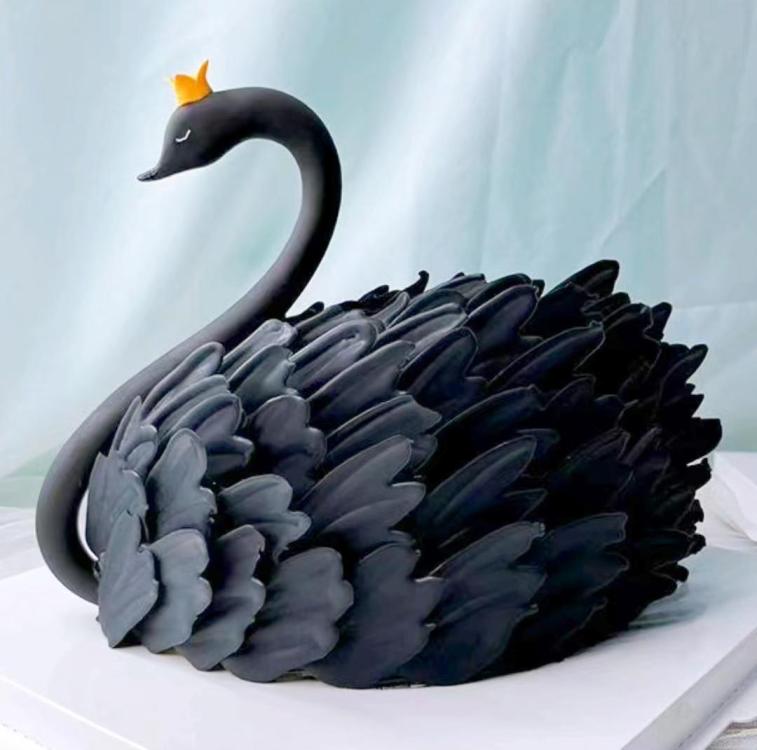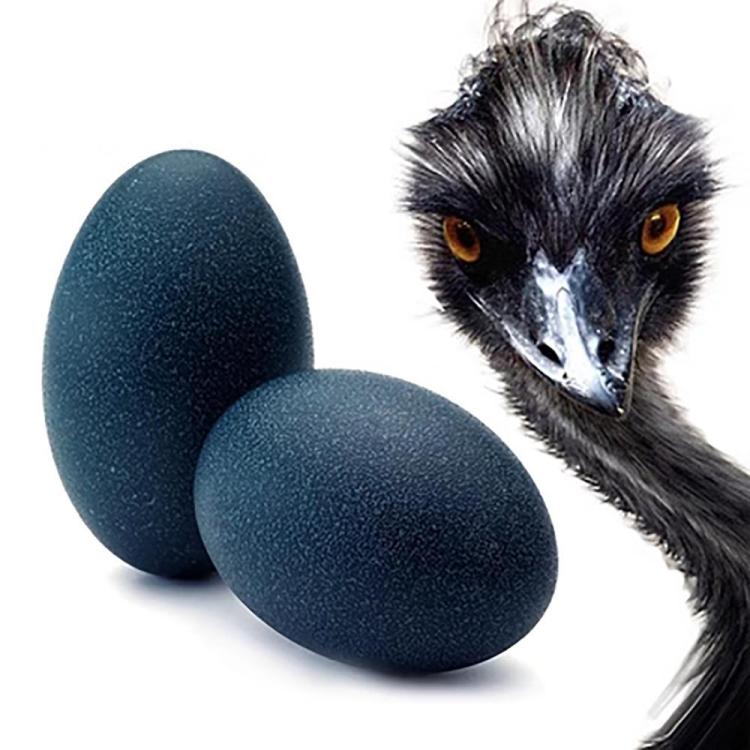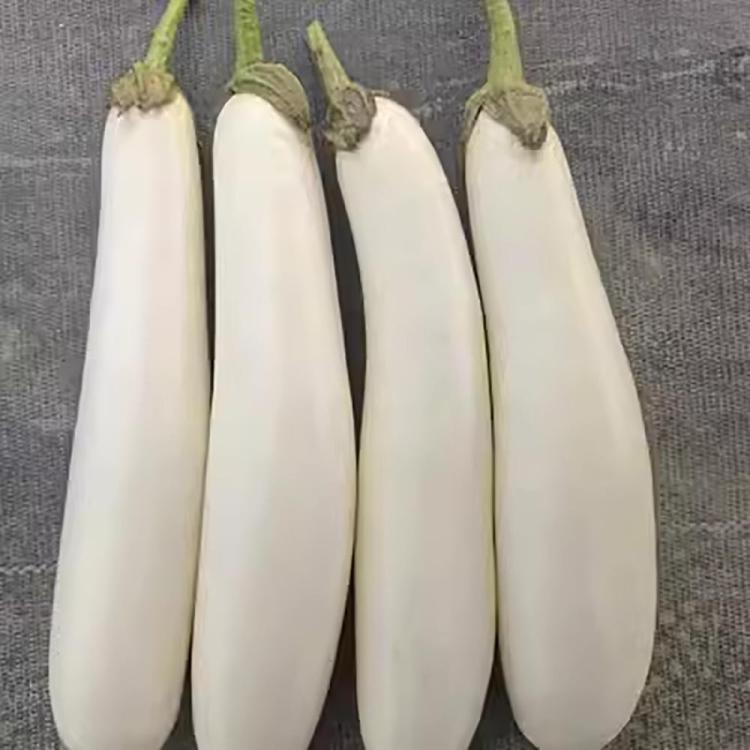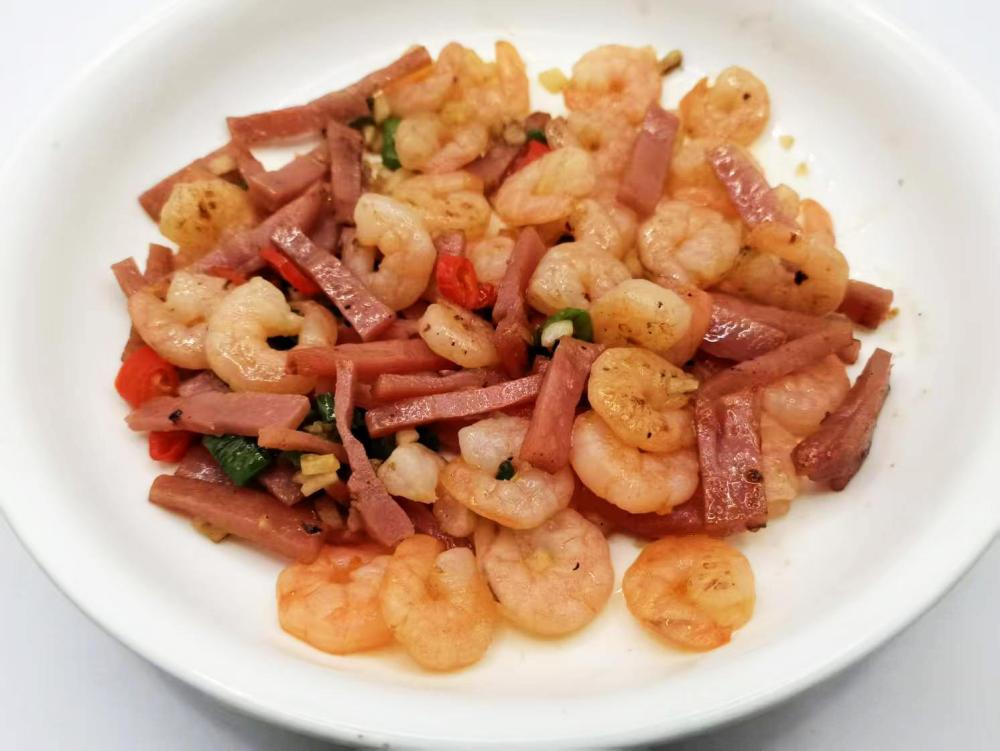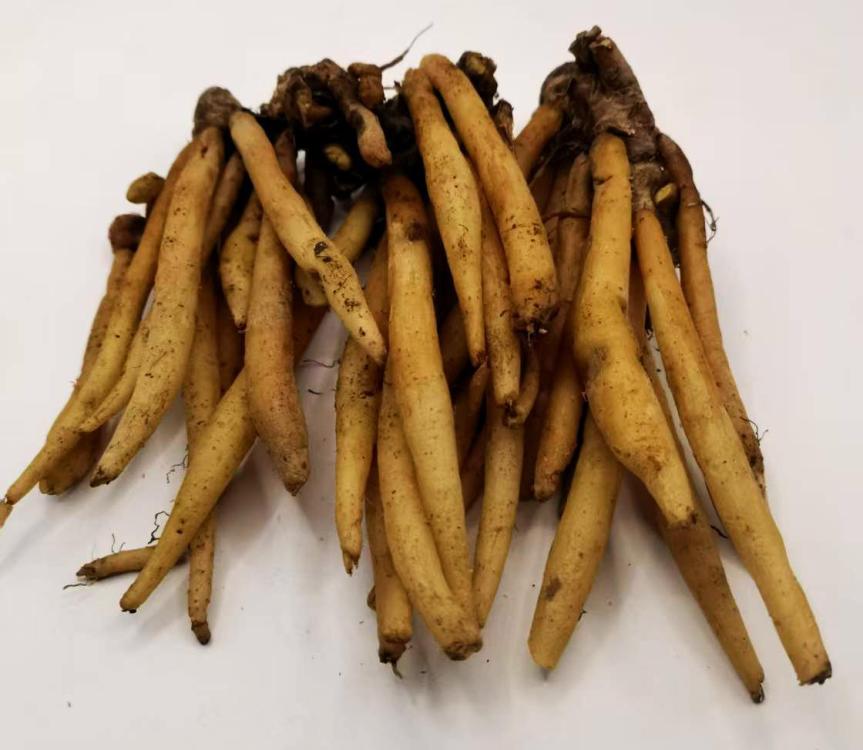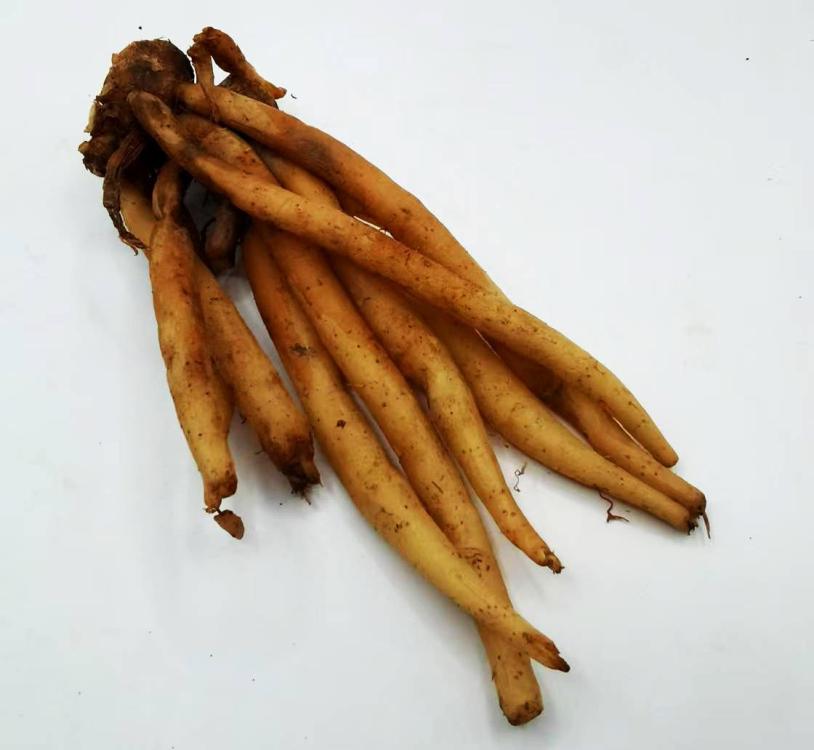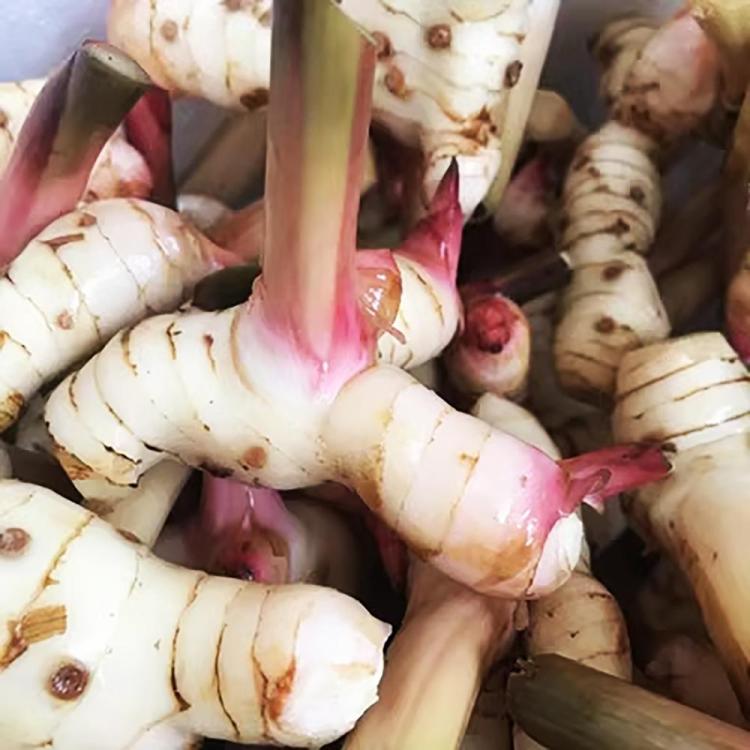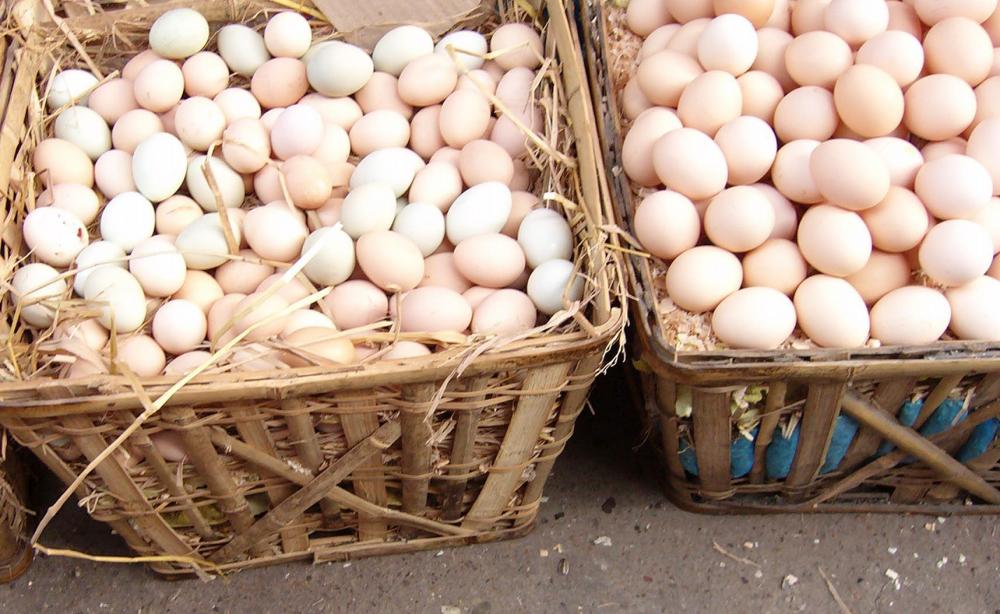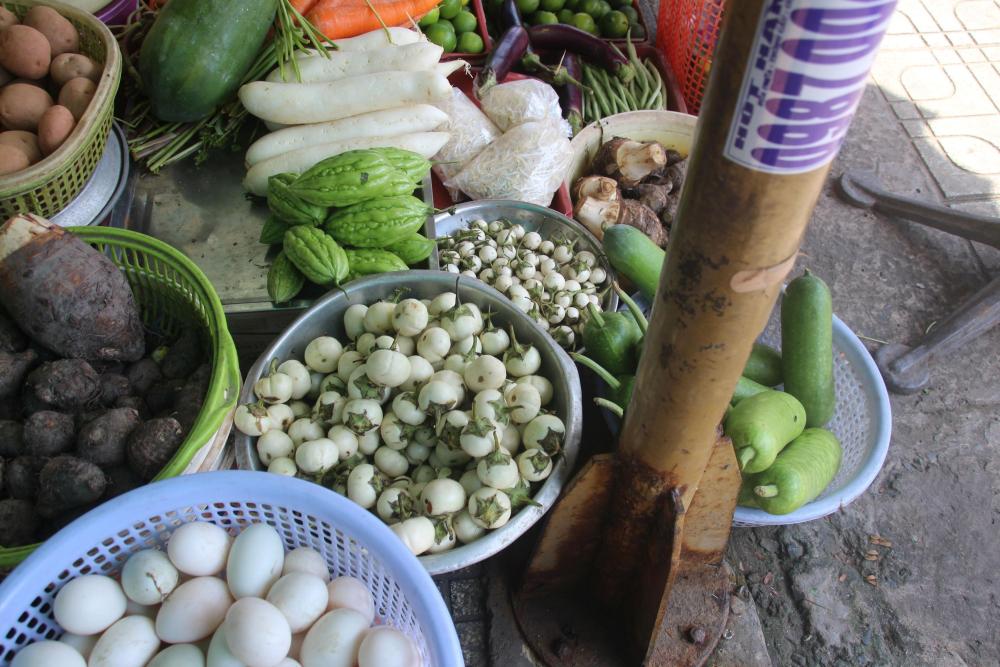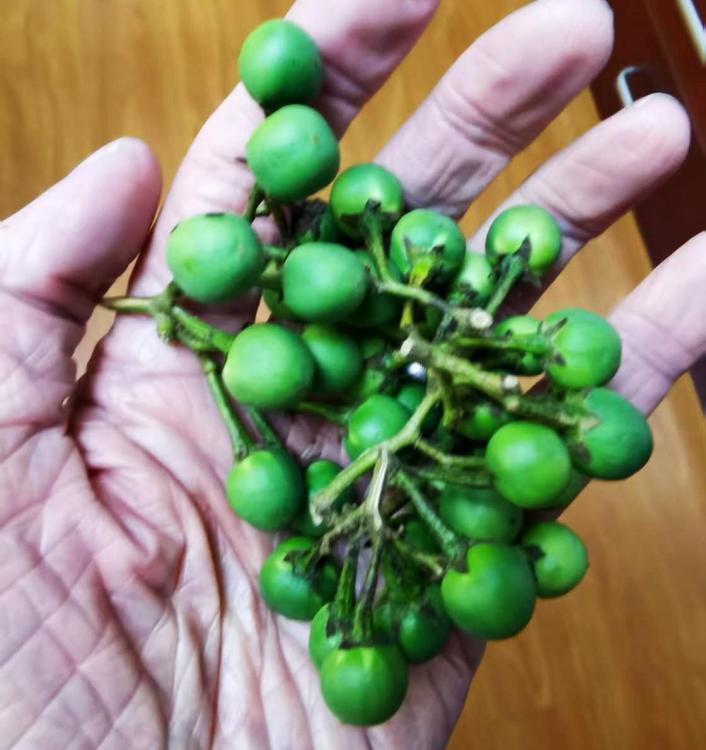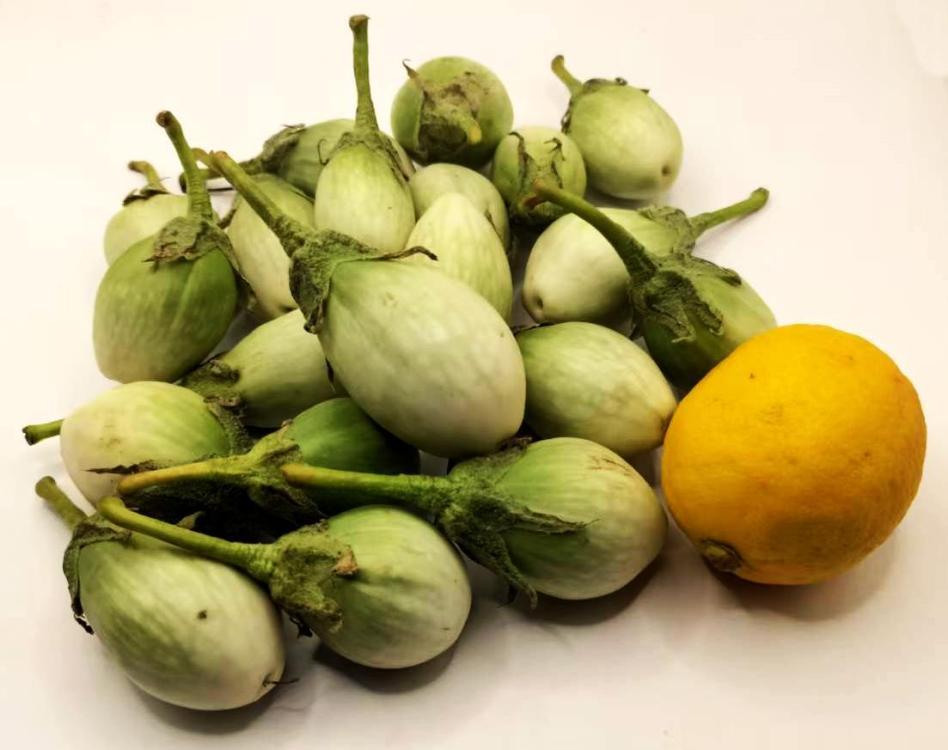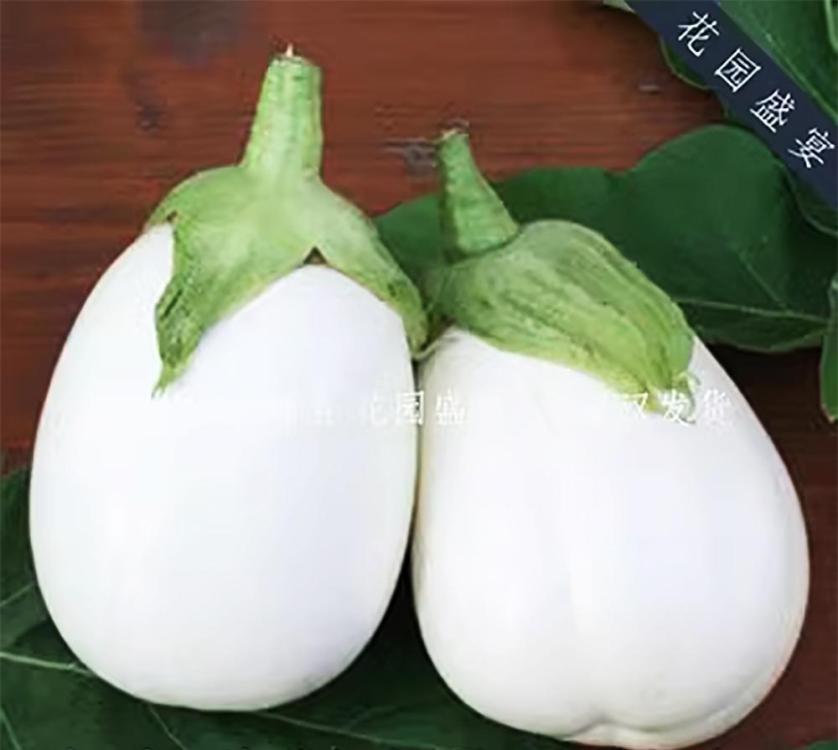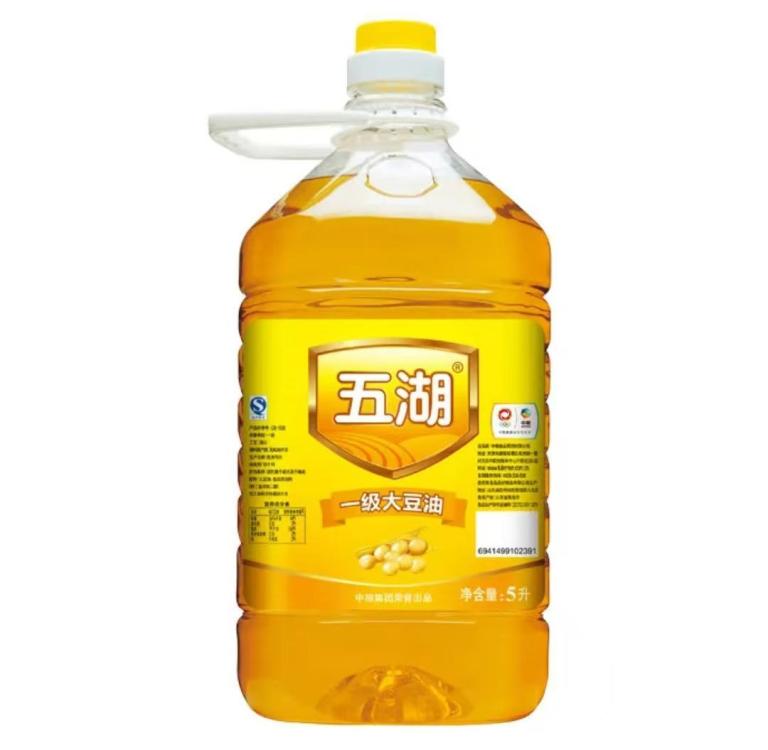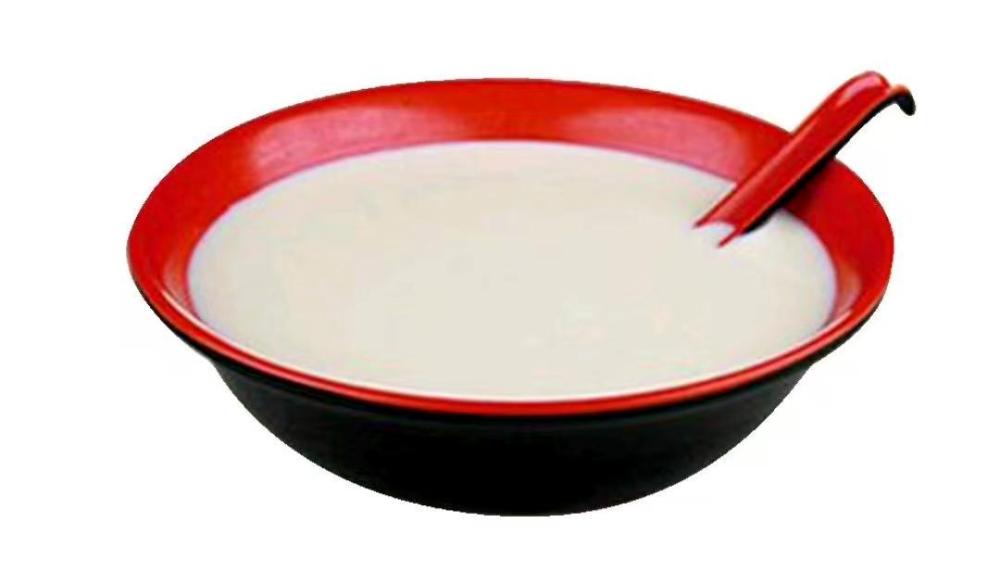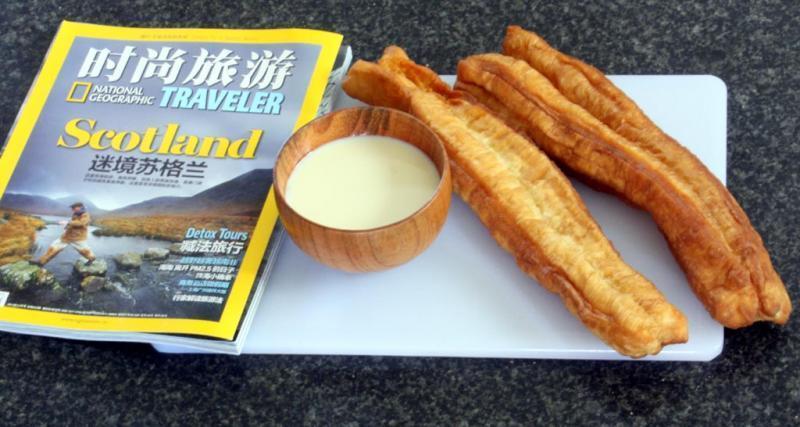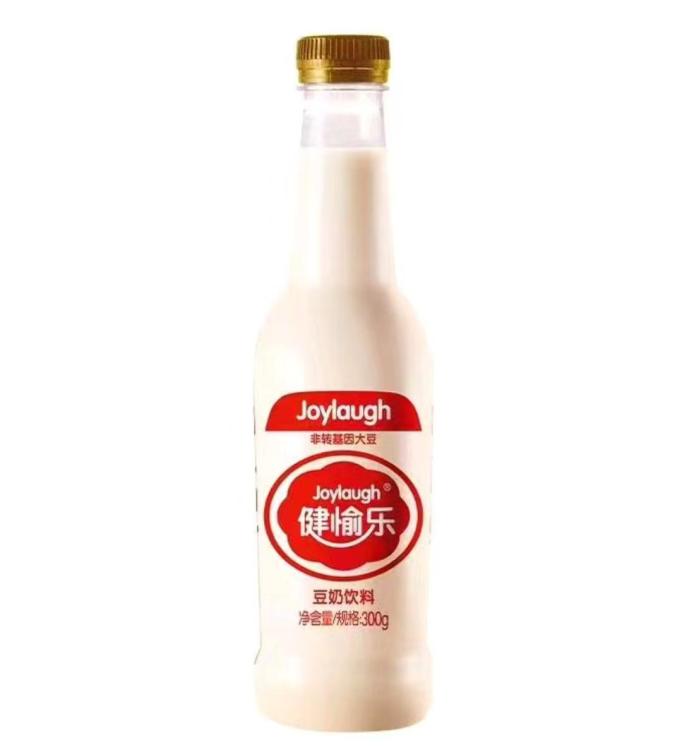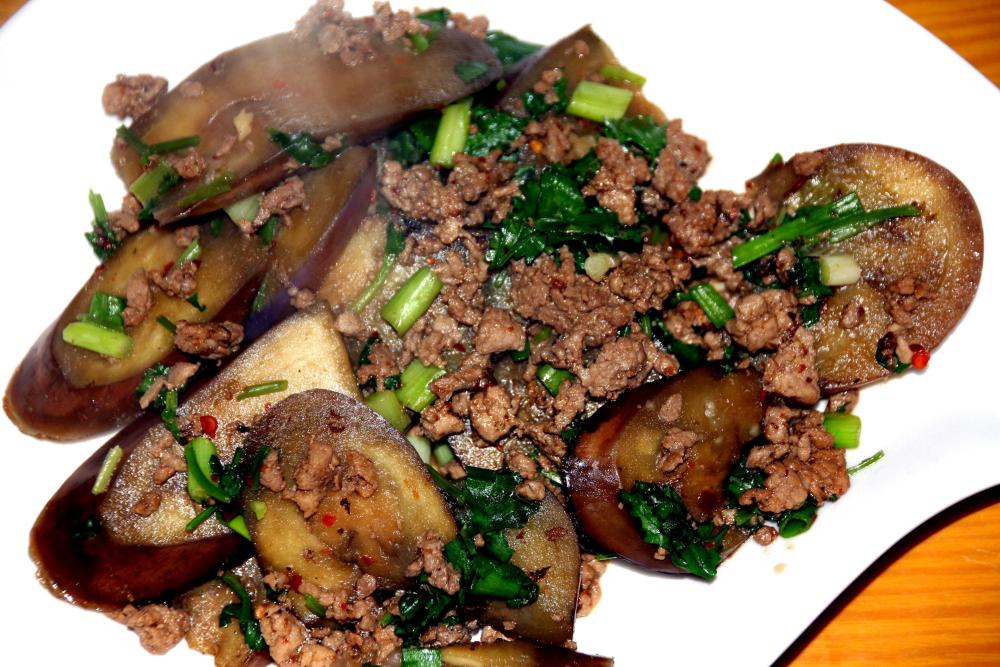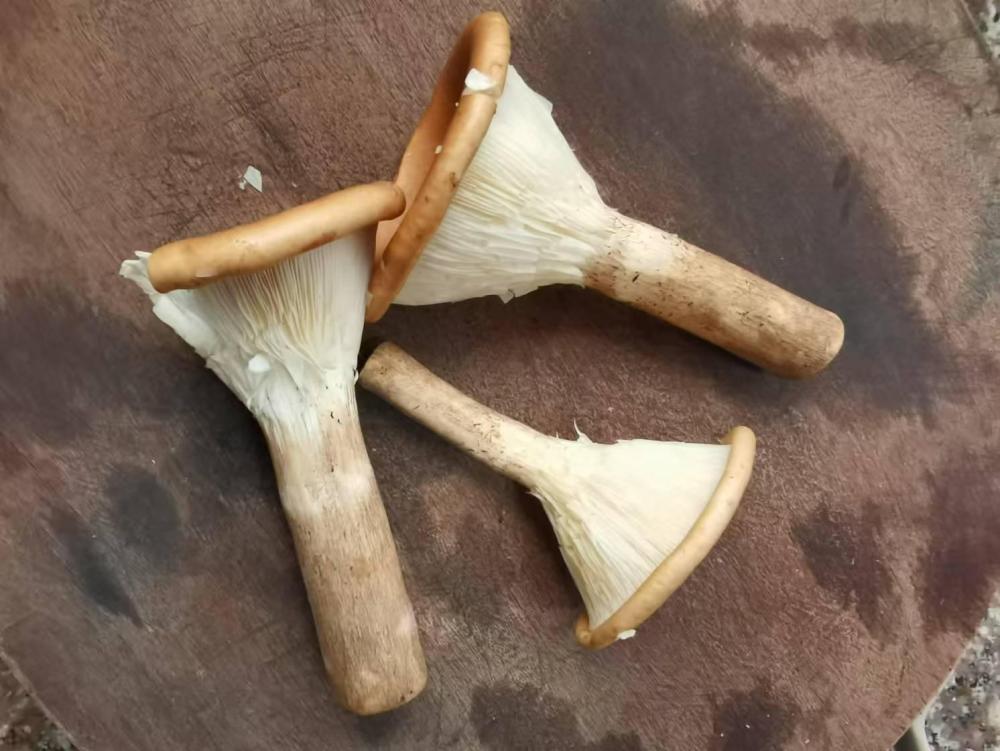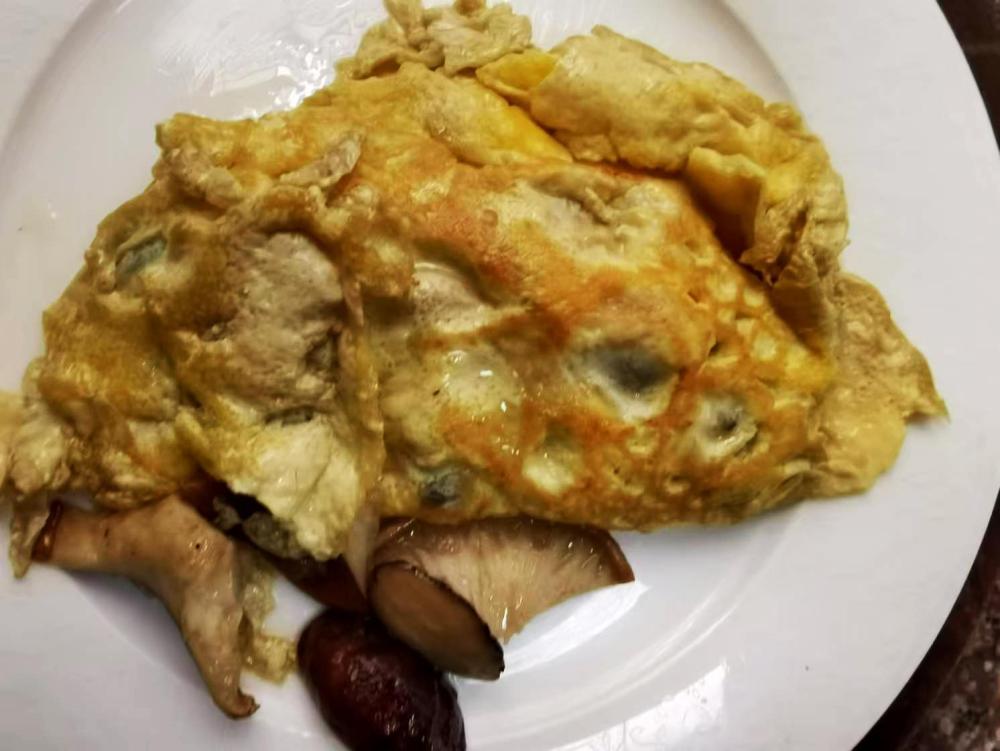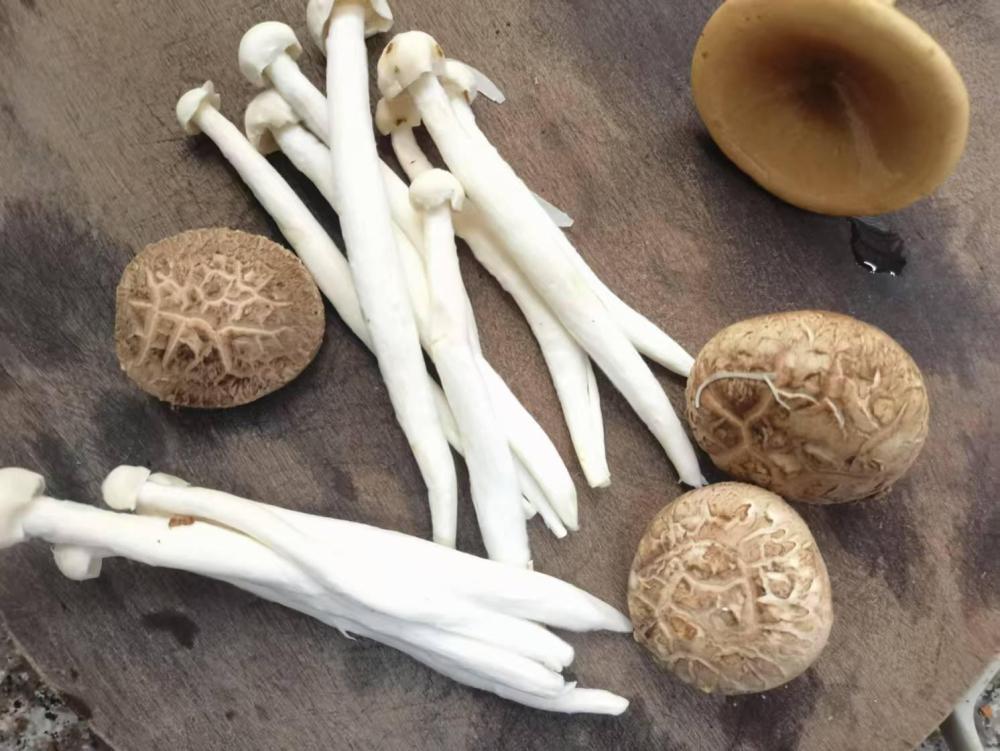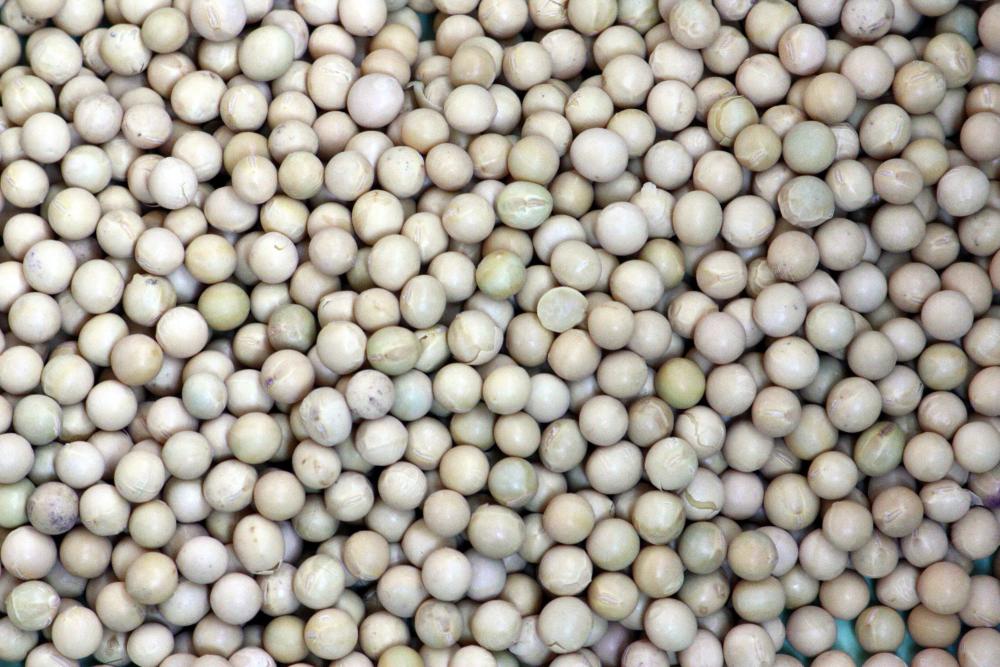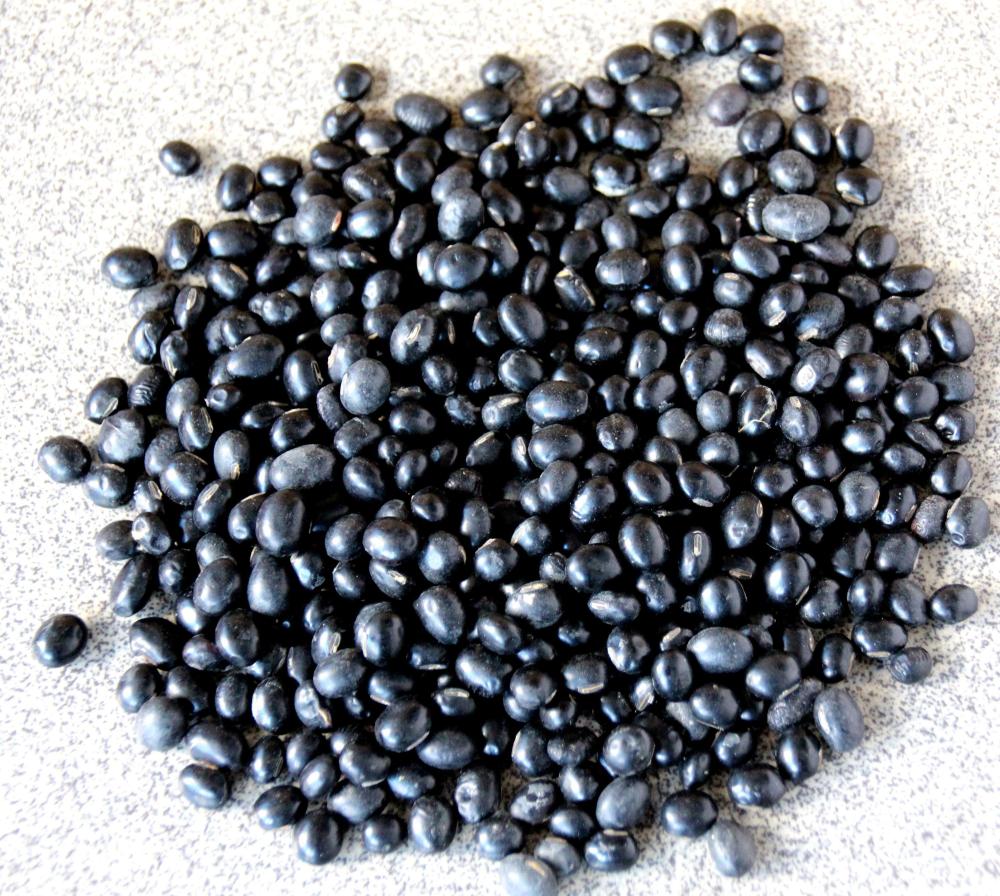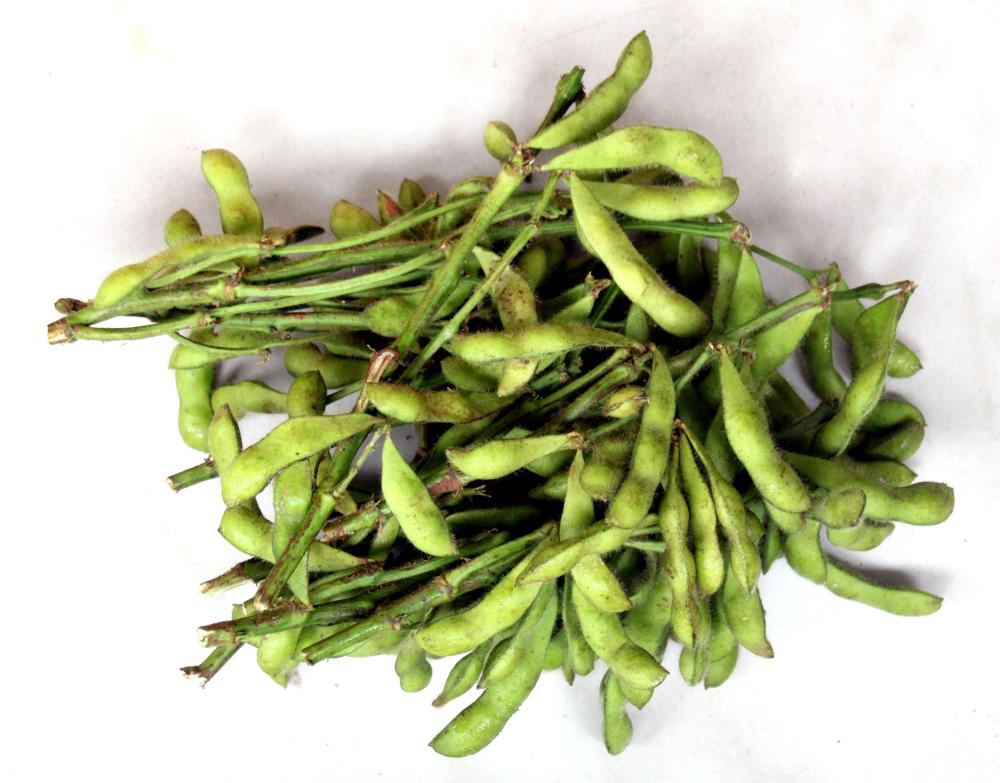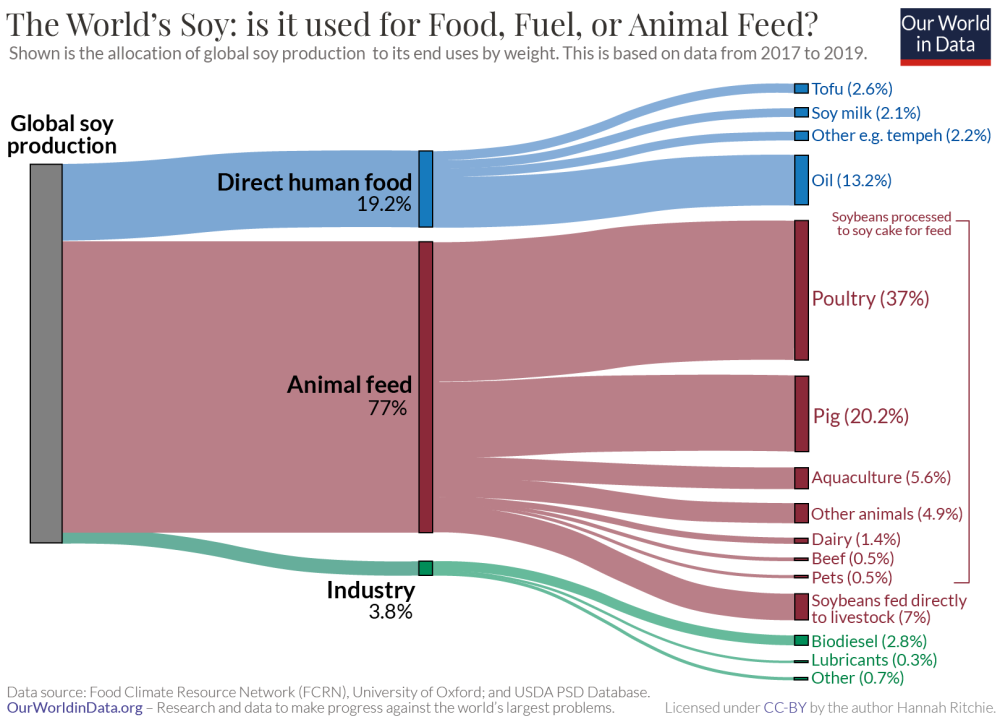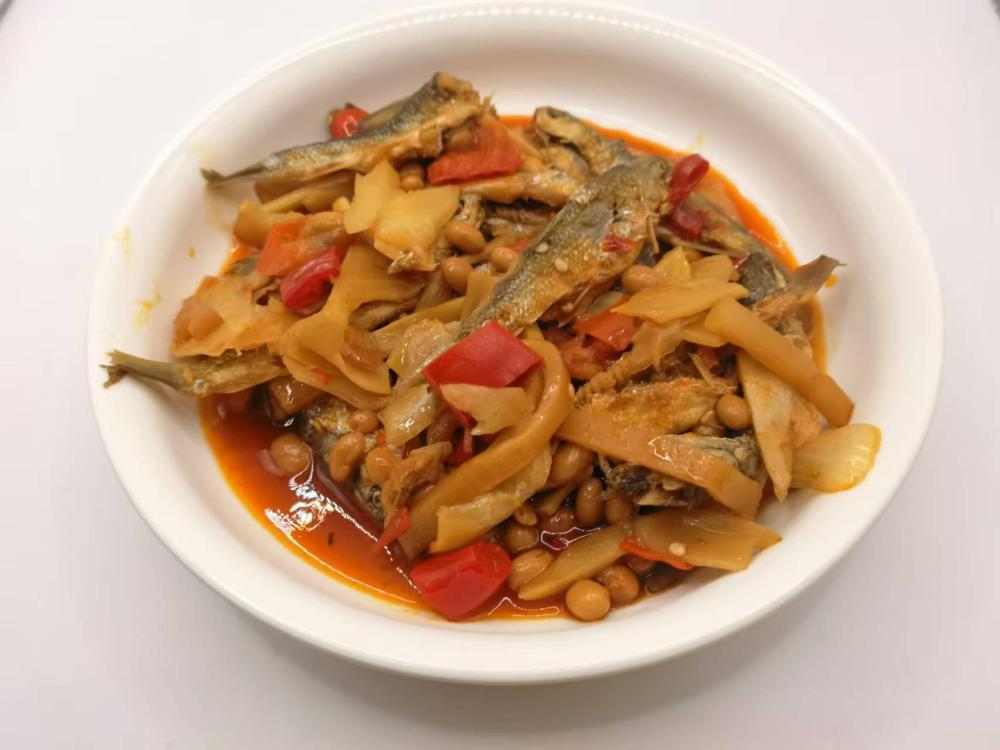-
Posts
16,762 -
Joined
-
Last visited
Content Type
Profiles
Forums
Store
Help Articles
Everything posted by liuzhou
-

A week in Kota Kinabalu and Sepilok: Sabah, Malaysia
liuzhou replied to a topic in Elsewhere in Asia/Pacific: Dining
So happy to see this and delighted you managed for once to take a trip without being sick! Looking forward to more. My local Malaysian restaurant (admittedly not the best in the world) has closed down and my lovely Malay friend has gone home (no connection between the two other than the country), so I'm having Malaysia envy! -
Host's note: this and the first many responses were moved from the Gotten any fun stuff lately? topic. I didn't buy this so perhaps doesn't qualify as 'gotten', but I had fun looking it in the bakery as I was picking up some bread. It's a cake. I don't do cake. I don't do swan either, after a less than fun tasting about 70 years ago. I only remember being appalled at how bad it was*! Long story. * Also totally illegal!
-
I mainly use duck eggs and must confess I prefer to buy those with the green-tinged shells, even though I know there is no real advantage to doing so. They are the same price as the white ones. Now emu eggs are a different story! They are beautiful. Image from Taobao Online Shopping App
-
Yes. I buy them live. They were still kicking until minutes before they hit the wok.
-
I should have said the white aubergines (and all the others) come in both the long Asian varieties and the western rounded ones more often found in the west. In fact we get long, bulbous and completely round varieties. Here are the long white type.
-
晒兰 (shài lán) ham and shrimps with green 樟树港辣椒 (zhāng shù gǎng là jiāo), zhangshugang chilli and red 指天椒 (zhǐ tiān jiāo) pointing to heaven chillies, garlic, ginger, Shaoxing wine and Chaoshan fish sauce. Served with rice and stir-fried snow peas.
-
Yesterday, I had fun shopping in a newish store in Nanning, the provincial capital an hour south of Liuzhou by bullet train. Its game is importing ingredients from Thailand and Vietnam as well as other SE Asian countries. I’ve often moaned here about not being able to get these goodies despite us bordering Vietnam and only three hours from Bangkok. So, I bought some eggplants / aubergines which I posted here in the relevant topic. Here are a couple more purchases which don’t have a dedicated topic or really merit one. First up is Alpinia galanga, galingal, Thai: ข่า (kha), Vietnamese: riềng nếp; Chinese: 高良姜 (gāo liáng jiāng). I was able to source this occasionally in the past, but this new place will hopefully be more reliable. Galingal Next we have something I am more excited about. This is the first time for me to find it here, although I’m told it is native to and still grows in neighbouring Yunnan province. They must keep it all for themselves! Boesenbergia rotunda, fingerroot, Thai: กระชาย (krachai); Vietnamese: ngải bún or nga truật; Chinese: 凹唇姜 (āo chún jiāng). The English name, one of many, is derived from its appearance. The Chinese name literally means ‘concave lip ginger’, which is derived from who knows what? That'll come in handy! Both of these are in the ginger family, but are subtly different in taste from other members and each other.
-
Yes, it's the same here. Eggs are laid out in the market all year round. I don't recall seeing any fridges in the markets. Supermarkets have fridges, but no eggs in there. I wash mine immediately before cooking to remove any 'dirt'; until then they sit there as they came from nature. In the last 28 years, I've only found one bad egg and that was a man. 坏蛋 (huài dàn) 'bad egg' is slang for 'a scoundrel' or 'absolute bastard'. Unwashed eggs in my local market - sitting in baskets on the ground.
-
So far as I know, only America washes eggs. It is ridiculous to wash off the egg's natural protective coat then have to refrigerate them. No one here in China would dream of refrigerating eggs. Also in the UK and some other countries, all chickens must be vaccinated against salmonella, so that issue doesn't arise.
-
@DesertTinker My apologies; 'chicken egg' should read 'lemon'. I did take another photograph (not relevant here) with an egg for scale and confused myself, then you!
-
Yes. I do sometimes use the small bitter ones to counteract sweet stuff. But generally I do have a relatively high bitterness tolerance.
-
By apple eggplant, do you mean the first one in this post? They can be eaten raw, just like apples.
-
They may not have been the same plant. Here (centre) are some white eggplants in a market in Ho Chi Minh City / Saigon, Vietnam with chicken eggs in front of them.
-
Today, to amuse myself and hopefully any of you who have a sense of humour and wonder, I did some aubergine shopping. I never buy eggplants because they don't exist. So, here are my purchases. First up these green(ish) ones. I have included a regular chicken egg for scale. These are common across SE Asia and south-east China. They can be eaten raw, but I usually cook them. Then these: They are tiny and can be quite (OK. very) bitter but I like bitter. My left hand for scale. And finally my all-time favourite. The reason why certain people call them eggplants. White aubergines. Again common in SE Asia, especially Vietnam in my experience, but also here in the last year or two. Again they are about egg-sized or smaller. The last image is from my shopping app. They haven't arrived from Yunnan yet. On track for tomorrow.
-

A pictorial guide to Chinese cooking ingredients
liuzhou replied to a topic in China: Cooking & Baking
More soybean ‘extractions’. At around 20% in dried beans, soy beans contain more oil than any other beans and this too is extracted to make 大豆油 (dà dòu yóu), soybean oil for cooking, but also has industrial uses. Although I can buy it easily, it is not the oil of choice in this part of China, where the locals prefer peanut oil. However, soy oil is the world’s most common cooking oil, with most of it being in otherwise unidentified ‘vegetable oil’ or ‘salad oil’. Soybean Oil The extraction process has led to a particular by-product polluting not the earth, although it does that too, but the minds and bodies of the unwary! In the 1960s, in cooperation with big agriculture interests, the huge scandal-ridden American agribusiness outfit, Archer-Daniel-Midland Company, commonly known as ADM, invented a new product which they patented and trademarked as TVP® which stands for ‘Toxic Vegan Plague’! They pretend it stands for ‘Textured Vegetable Protein®’, to fool the unsuspecting. Don’t believe them! Terrible Vegetarian Propaganda! It was initially tested on kids in school meals and prisons raising all sorts of moral issues. It is basically the dregs of the oil production process, but would be more accurately described as textured soy protein (TSP) as TVP® is also made from plants other than soy, such as peanuts. Whatever the source, it is widely used in processed ‘foods’ and fake ‘meats’ for people who refuse to eat meat but like to pretend they are eating meat. It is still used in prisons and schools to save money feeding the captives who would prefer to eat real meat! -
Yes, I know it's a brand name, but still idiotic. (And this place pretends to be a fine dining place, but serves supermarket bread?) I didn't try to blame this on anyone, Yankee or otherwise. The restaurant is in London.
-
I was just reading a menu online and came across this idiotic two or three (hard to tell) word phrase that defies anything resembling sense. "wildfarmed bread" In my universe, if it's wild, it isn't farmed and vice versa. And how the hell do you farm bread? Or what is wild bread? Moronic, semi-literate, pretentious drivel. AngloThai-Chefs-Selection.pdf
-

A pictorial guide to Chinese cooking ingredients
liuzhou replied to a topic in China: Cooking & Baking
And so with our soy milk at the ready, we can go on to make our tofu but first we have to prepare a couple of things. Before we do that, let’s clarify what we are making. The English use of the word ‘tofu’ was borrowed from the Japanese, but as with so many Japanese terms they got it from Chinese. Indeed, they got the product from China, too. In Mandarin, it is 豆腐 (dòu fu), with 豆 meaning ‘bean’ and 腐 meaning ‘rotten’, which will no doubt delight the tofu haters., of which there are many. This migrated to Japan, carried by Buddhist monks probably in the 12th Century CE where it became tōfu. Japanese still uses the Chinese characters 豆腐 in their Kanji script, although, less often, in Hiragana script it is とうふ. The name alternative English name ‘bean curd’ is more used in American English than in other varieties. Whatever you call it, the process of making it is very similar to that of making cheese, to the extent that some sources say it was derived from cheese making, which the Chinese learned from the Mongols. However that is an unlikely minority view. Te first real mentions of tofu in the Chinese literature is in the 10th century CE, making it a relatively recent development in food history terms. Basically, where as rennet is used in traditional cheesemaking, when making tofu by modern production methods, the coagulant is normally 石膏 (shí gāo) which is calcium chloride aka gypsum. Traditionally, Japan used 苦汁 / にがり(nigari) which is bittern, but today has largely switched to chemical means. Calcium chloride, calcium sulphate or magnesium sulphate all do the job. The resulting curds are drained and pressed and hey presto, you have tofu. The muslin I buy for various kitchen tasks is sold as 豆腐布 (dòu fu bù), ‘tofu cloth’ in the same way as cheesecloth is in the west. Alternatively, one can buy woven bamboo trays to drain your curds. In the west, people generally only know the tofu as the white wobbly stuff, albeit in different degrees of firmness, but in China and Japan there are dozens of types available. It is dried, smoked, fermented in different ways and with flavourings. I have detailed many of them in this dedicated topic. Tofu here in China is made in huge factories as well as small enterprises. Some supermarkets make it in-house. A few make it at home, especially in rural areas. There are tutorials aplenty on the interwebs. -
I did give a tentative explanation, but in this post.
-

A pictorial guide to Chinese cooking ingredients
liuzhou replied to a topic in China: Cooking & Baking
One way of extracting the protein from soybeans in human-digestible form is to make tofu aka bean curd. However, to do so, there is another product you require first, also from the soybeans. Soybean milk. 豆浆 (dòu jiāng) This was traditionally made by grinding fresh or rehydrated dried beans with water, boiling the resulting mixture and straining it. This method is still used to make what is known as 豆浆 (dòu jiāng, literally ‘bean broth’). However it does not look, taste or smell like dairy milk. Still, the term is usually translated as ‘soy milk’. Many non-Chinese find the watery texture, yellowish appearance, taste and smell disturbing, but then they are probably expecting something more like cow’s milk. The Chinese have no such expectations, historically not being used to a dairy food culture. They have been enjoying this since ancient times. This type is sometimes sweetened or otherwise flavoured. Coconut juice (椰汁 - yē zhī) is a common addition. Coconut Soy Broth In more recent times, with advances in technology and changes in food culture, more dairy-like ‘milks’ are being mass produced industrially. These are sold as 豆奶 (dòu nǎi) which does literally translate as ‘bean milk’. So, it can be confusing when both types are translated as soy milk. Carefully check which you are picking up at your local store. And don’t rely on the labelling, if any. Mis-labelling is common. Use your eyes to look at the product; not the packaging! This is a common brand of 豆奶 soy milk. Sold in supermarkets. Most soy milk (of either kind) is drunk for breakfast, usually accompanied by 油条 (yóu tiáo, literally ‘oil stick’), deep fried dough sticks or crullers. Breakfast - Soy Broth with Dough Sticks Soy milk of the 豆奶 variety is occasionally made into yogurt and other preparations. I tried soy milk cheese once and survived – just Not recommended. Having acquired our 'milk', we're ready to make tofu. Maybe. Coming soon. -
I could take or leave aubergiine / eggplant* until I moved to China and discovered how they use it. Now it's a favourite. Two dishes stand out. First, 肉末茄子 (ròu mò qié zi) and then the Sichuan classic 鱼香茄子 (yú xiāng qié zi). The first is aubergine with minced pork**, Fuchsia Dunlop has a recipe in this Guardian article. My take on 肉末茄子 (ròu mò qié zi) and the second is often translated as 'fish-fragrant aubergine' but contains no fish. Instead it uses the ingredients often used to accompany fish. It is vegetarian. Fuchsia Dunlop has a recipe in her 'The Food of Sichuan (eG-friendly Amazon.com link)' Fun fact: in Mandarin Chinese, 茄子 (qié zi) is what bad photographers ask their subjects to say, to produce the cheesy grins found in family photographs. It is the equivalent of the English 'Say cheese!'. * As ivry fule noes, Aubergines taste much better than eggplants. ** Pork is the traditional choice, but any meat can be substituted.
-
Yes. As are all wine gums I've ever eaten. I can't comment on comparisons with gummy bears, which I've only eaten once and that was decades ago although my unreliable memory would put them firmer than wine gums.
-
Lunch was a bit of a disaster. I took some mushrooms - shiitake; jade gill mushrooms (海鲜菇 hǎi xiān gū) Hypsizygus tessellatus; and pig stomach mushrooms (猪肚菇 zhū dù gū), Infundibulicybe gibba and fried them with some shallot. Then I attempted an omelette made with a goose egg, something I've done many times, but made a careless but critical mistake. It is my habit when making omelettes with chicken or duck eggs to add a splash of water to the beaten eggs - makes for a lighter result. However, it doesn't work with goose eggs - something I momentarily forgot! Instead of making the egg fluffier, it weakened the walls of the omelette and it fell apart when I attempted to transfer it to my plate. It tasted great but looked like a train wreck. Well, at least I know what I did wrong. 😬
-

A pictorial guide to Chinese cooking ingredients
liuzhou replied to a topic in China: Cooking & Baking
Glycine max, known in English as soy bean, soybean or soya bean is native to eastern Asia, probably China where it is believed to have been domesticated in the 3rd millennium BCE, before spreading to Japan and SE Asia. So important is it in those countries that it doesn’t even really have a name of its own, being referred to simply as 大豆 (Mandarin: dà dòu; Japanese: daizu), meaning ‘big bean’. The beans come in various colours ranging from near white, through yellow and green to black. The most common are often described as 黄豆 (huáng dòu), yellow bean, 青豆 (qīng dòu), green bean, or black bean, 黑大豆 (hēi dà dòu) etc. 黑大豆 - Black Soybeans The name ‘soy’ came into English (and most other languages) from a colloquial version the Japanese しょうゆ (shōyu, also written 醤油), meaning ‘soy sauce’, although the Japanese was borrowed from a now obsolete Chinese term, shi-yu. Yes, the bean and plant is named after the sauce, not the other way round as often assumed. Today, soy beans are a major crop around the world, with the top five producers in descending order being Brazil, United States, Argentina, China and India. World production in 2020 was 353 million tonnes. 77% of the total go to animal feed, feeding the animals that feed us, mostly poultry feed followed by pig feed. Only 19.2% is used in direct human food, most of that in the form of cooking oil. The remaining 2.8% goes to industrial uses. See chart for fuller breakdown. You will note there is no mention of people directly eating the beans. The Oxford Companion boldly states that “In eastern countries, however, they do not eat soya beans in their natural state” which will come as a huge surprise to my neighbours who often eat them in the form of crunchy snacks but also boiled and served in a common dish, 黄豆酸笋焖鱼仔 (huáng dòu suān sǔn mèn yú zǎi), soy beans, pickled bamboo and stewed paddy fish, which I’ve posted here before. However the number eaten is tiny on a global scale and subsumed into the ‘other’ category in the chart. The main reasons so few are eaten directly is that they are difficult to cook to palatable softness but also, despite their protein level of 35% being higher than any other plant, that protein is difficult for humans to digest and mostly passes straight through the body. Other processing methods are required to make the protein available, mainly fermentation and extraction. However young, immature beans in the pod are popular. Known as 毛豆 (máo dòu), literally ‘hairy bean’ in Chinese, these are better known in the west by the Japanese names えだまめ or 枝豆 (edamame), literally 'twig beans', often eaten as つまみもの 摘まみ物 ( tsumamimono), meaning ‘food eaten with alcohol’. What I call ‘beer food’, although in Japan it can be beer, sake, shōchū or other spirits. Edamame Next, I’ll look at some of the fermentation and extraction techniques; for now I’m off for some つまみもの 摘まみ物!



